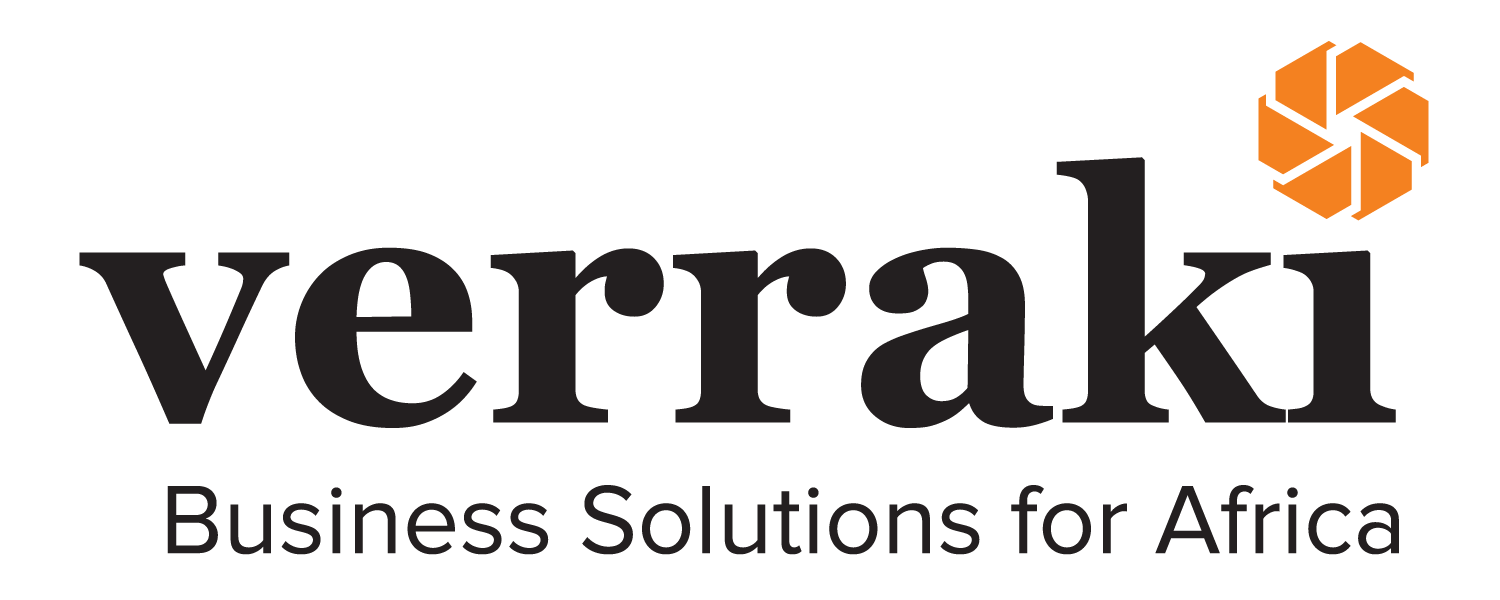
Sustaining the vision for growth for a non-profit through a differentiated organizational strategy.
Association for Reproductive and Family Health Future Project
Established in 1989, the Association for Reproductive and Family Health (ARFH) is a foremost, indigenous, non-governmental organization aiming to improve the quality of healthcare for underserved and vulnerable local communities. ARFH’s global and local strategic partnerships with Government and Non-Government Organisations have enabled the implementation of transformational reproductive health and developmental programs and interventions to drive disease prevention awareness and sustainable development in local communities.
ARFH has a national footprint and works across several states in all the geo-political zones. Leadership and central operations are based in Abuja with a large supporting office in Ibadan.
With the organization’s early leaders transitioning to retirement, ARFH was at crossroads. Since its inception, the organization has experienced substantial growth; consequently, its foundational leaders are uncertain and apprehensive about the sustainability of its mission and future growth trajectory and therefore needed to prepare for ARFH’s future growth.
ARFH needed to define a comprehensive organizational strategy that would ensure effective organizational realignment, drive optimal revenue diversification and generation and help it to deliver sustainable growth and value. A strategy retreat was also held with key stakeholders to jointly define a comprehensive transformation plan.
At the end of the project, we successfully worked with ARFH to distill the organization’s vision, mission, strategic objectives, and priorities and defined a set of organizational growth objectives (Revenue Mix, Capital Structure, Costs, etc.) and target services. We identified gaps in the current organization and recommended ways to address the gaps. We also defined a new operating model which addressed their Leadership and Governance Arrangements, Revenue and Cost Structures, People and organizational arrangements, desired Culture, key Stakeholder Management Plan and an implementation roadmap to assist with the transition.

